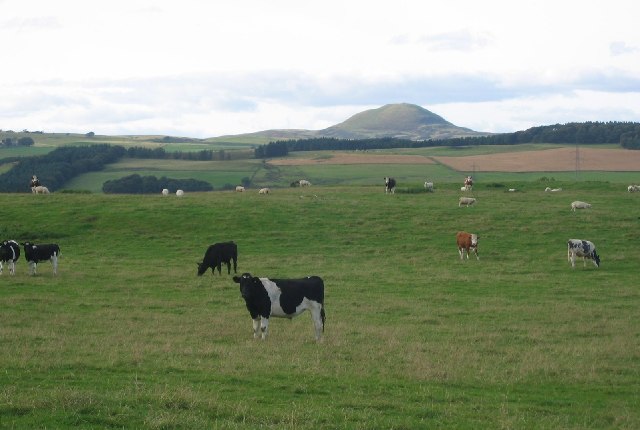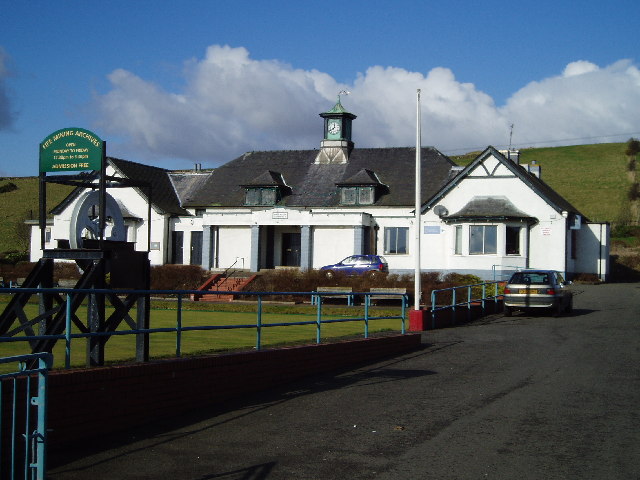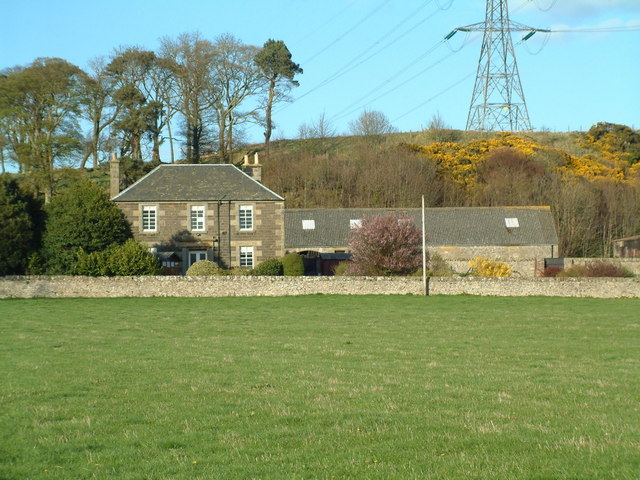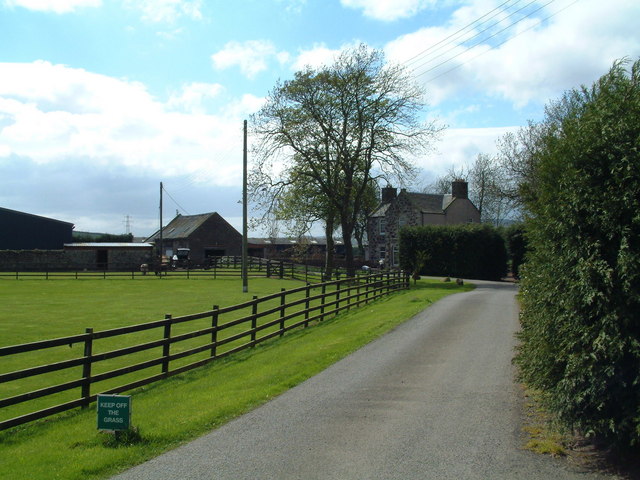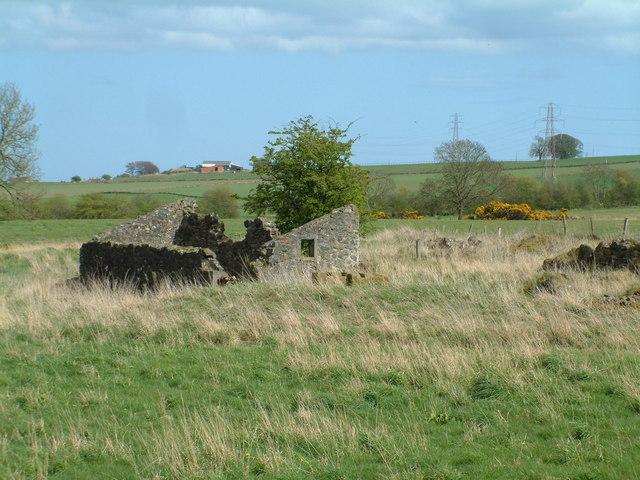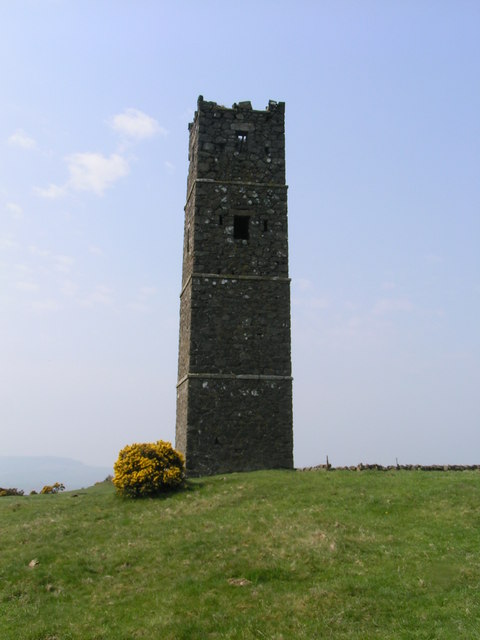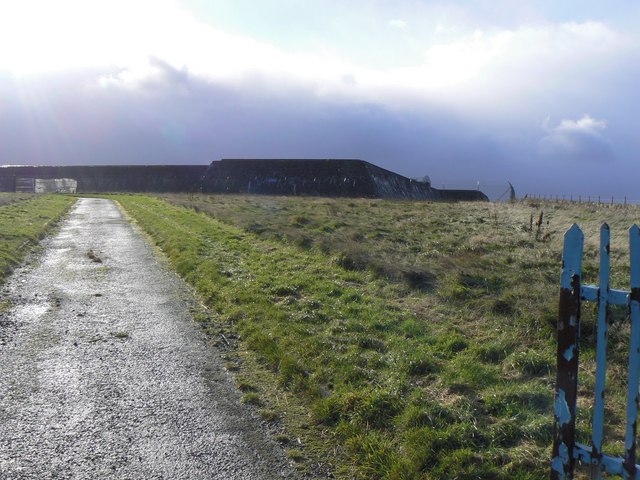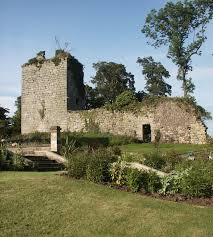Broom Hill
Hill, Mountain in Fife
Scotland
Broom Hill

Broom Hill is a prominent hill located in the Fife region of Scotland. With an elevation of approximately 217 meters (712 feet), it is considered a notable landmark in the area. Situated near the town of Dunfermline, Broom Hill offers breathtaking views of the surrounding countryside, making it a popular destination for hikers, nature enthusiasts, and photographers.
Covered in lush greenery and adorned with a variety of flora and fauna, Broom Hill is an ideal spot for outdoor activities and exploration. The hill is home to a diverse range of plant species, including heather, gorse, and various types of wildflowers, creating a vibrant and colorful landscape throughout the year.
The hill is easily accessible, with several footpaths and trails leading to its summit. These routes offer varying degrees of difficulty, catering to both experienced hikers and casual walkers. Along the way, visitors can enjoy the tranquil atmosphere, with the sounds of birdsong and the gentle rustling of leaves providing a serene backdrop.
At the top of Broom Hill, visitors are rewarded with stunning panoramic views of the surrounding countryside. On clear days, it is possible to see as far as the Firth of Forth and the nearby city of Edinburgh. The hill's vantage point also offers an excellent opportunity for stargazing during the night, away from the light pollution of urban areas.
Overall, Broom Hill in Fife is a picturesque and accessible natural landmark, attracting visitors from both near and far who seek to immerse themselves in the beauty of Scotland's countryside.
If you have any feedback on the listing, please let us know in the comments section below.
Broom Hill Images
Images are sourced within 2km of 56.181116/-3.2631106 or Grid Reference NT2199. Thanks to Geograph Open Source API. All images are credited.
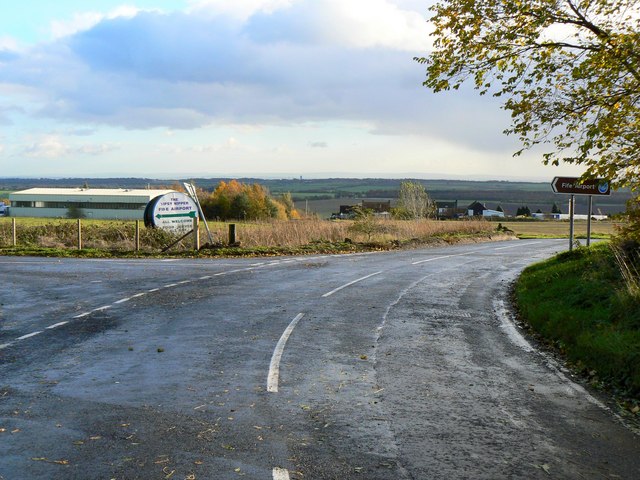


Broom Hill is located at Grid Ref: NT2199 (Lat: 56.181116, Lng: -3.2631106)
Unitary Authority: Fife
Police Authority: Fife
What 3 Words
///fearfully.native.handle. Near Kinglassie, Fife
Nearby Locations
Related Wikis
Kinglassie
Kinglassie (Scottish Gaelic: Cill Ghlaise) is a small village and parish in central Fife, Scotland. It is located two miles southwest of Glenrothes. It...
Arnot Tower
Arnot Tower is a ruined 16th-century castle located in the grounds of Arnot Tower House, less than 1 mile (1.6 km) from Scotlandwell, Perth and Kinross...
Fife Airport
Fife Airport (ICAO: EGPJ) (Scottish Gaelic: Port-adhair Fìobha) is an unlicensed aerodrome located 2 nautical miles (3.7 km; 2.3 mi) west of Glenrothes...
Fife power station
Fife power station was a 120 megawatt gas-fired combined cycle gas turbine generating station at Cardenden in Fife, Scotland. It was a 1+1 configuration...
Nearby Amenities
Located within 500m of 56.181116,-3.2631106Have you been to Broom Hill?
Leave your review of Broom Hill below (or comments, questions and feedback).

